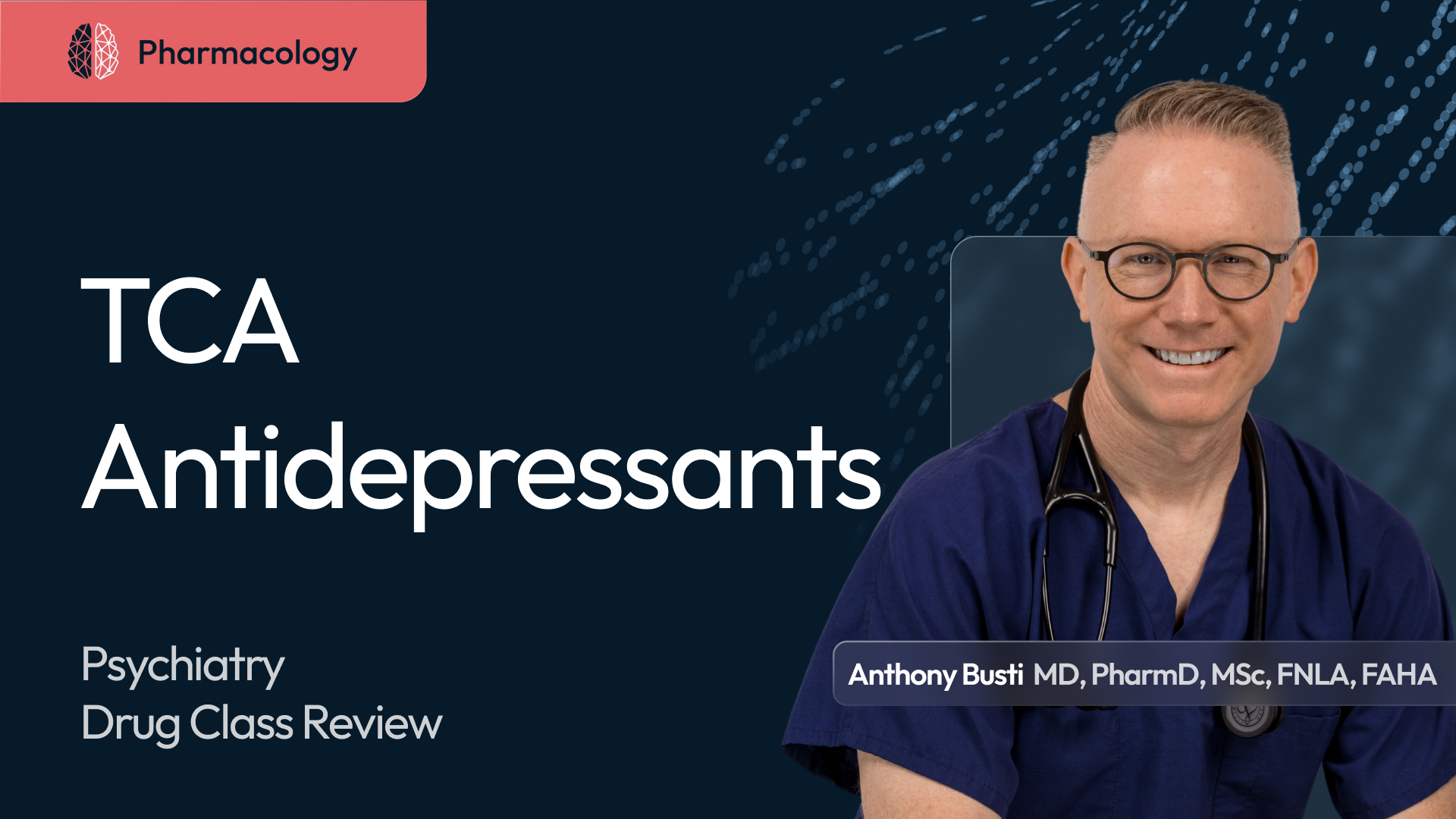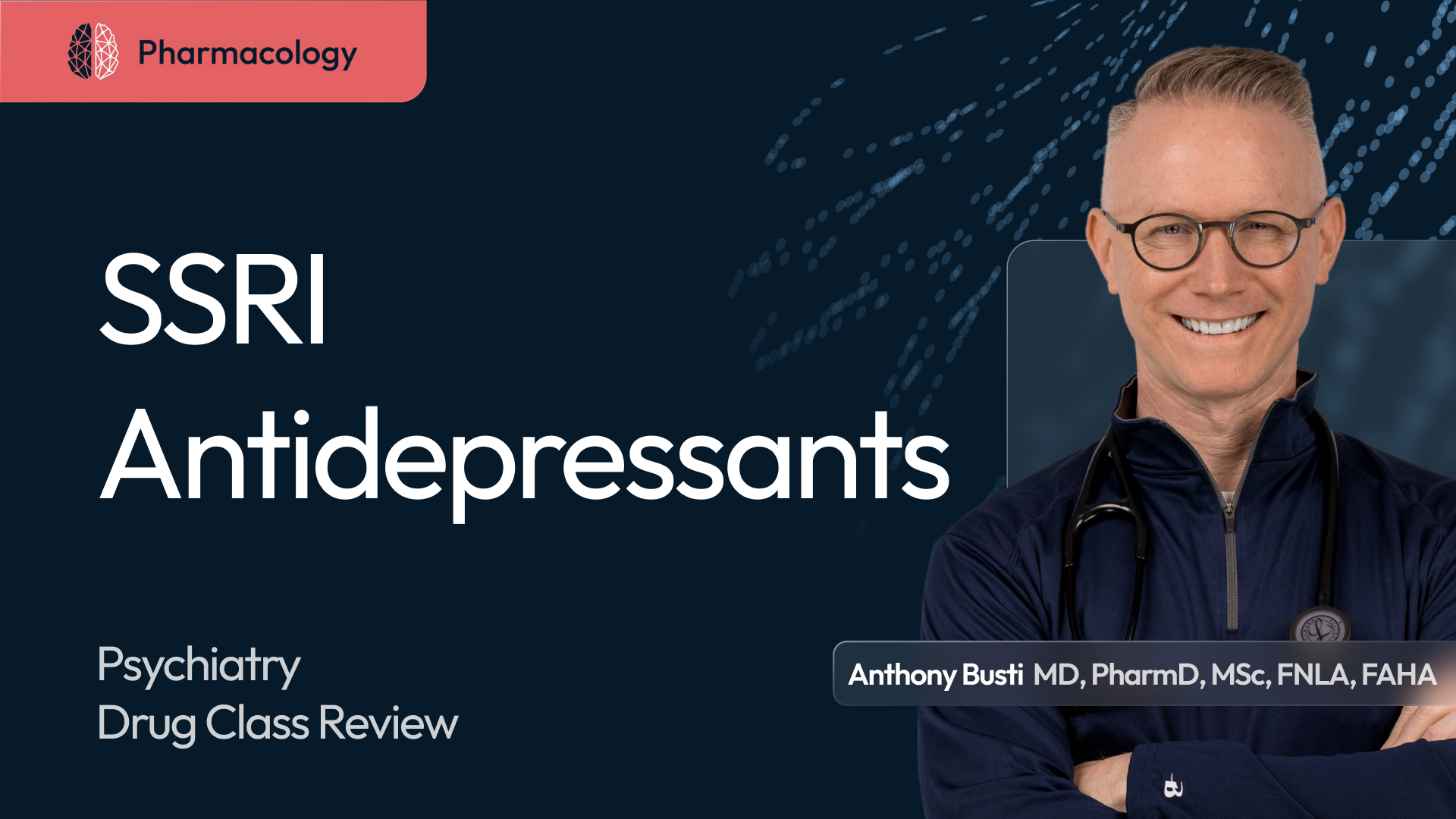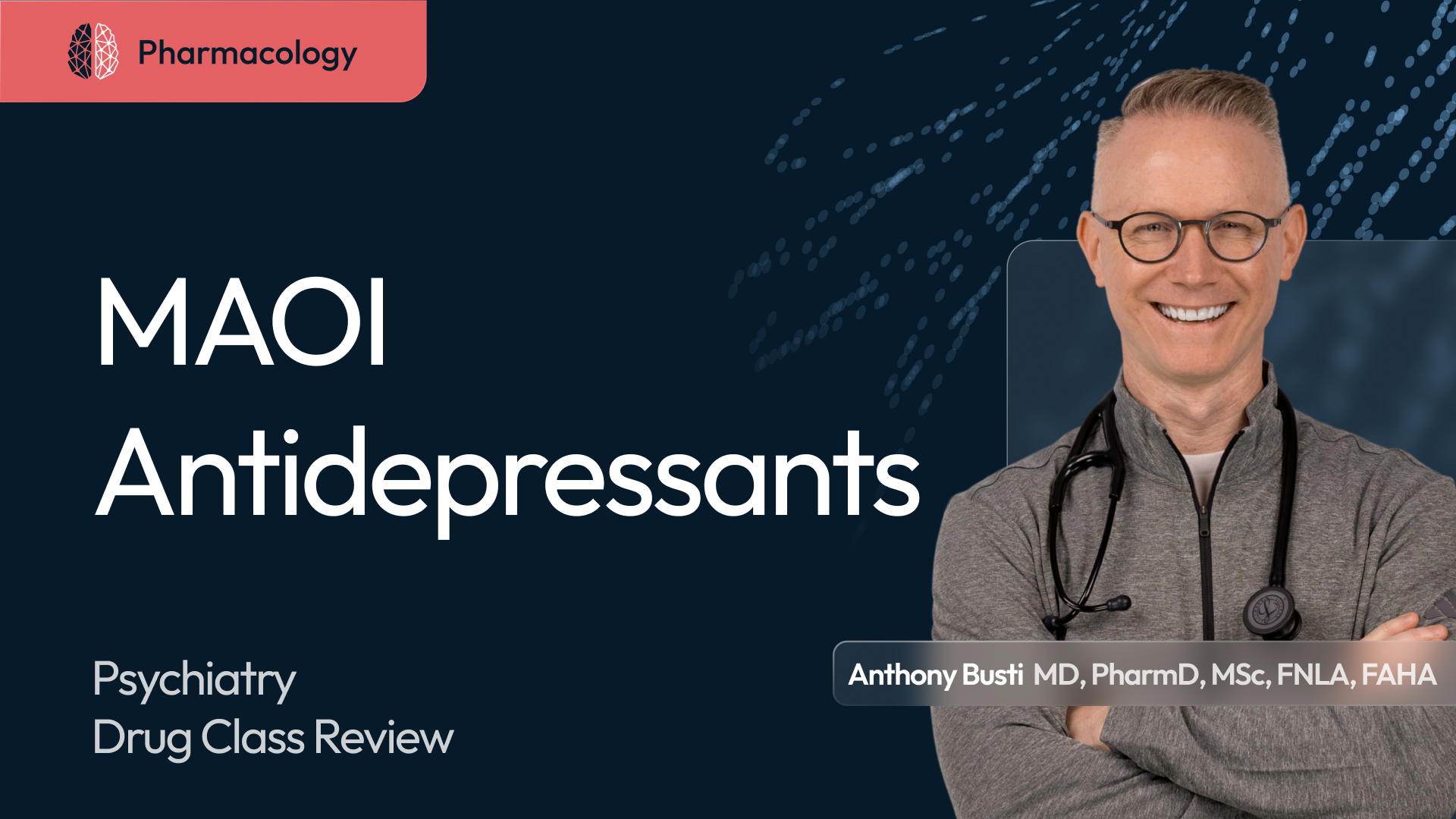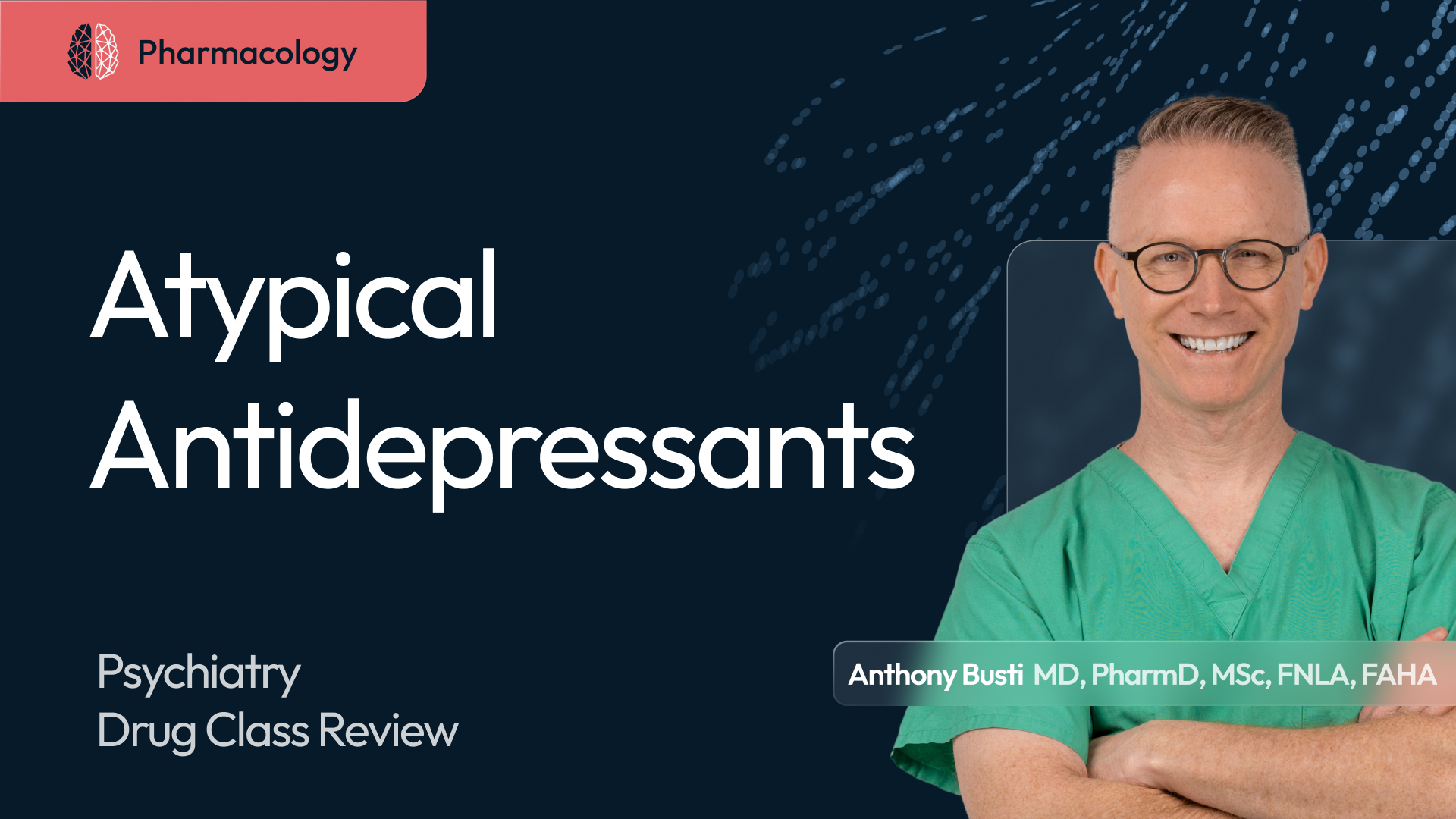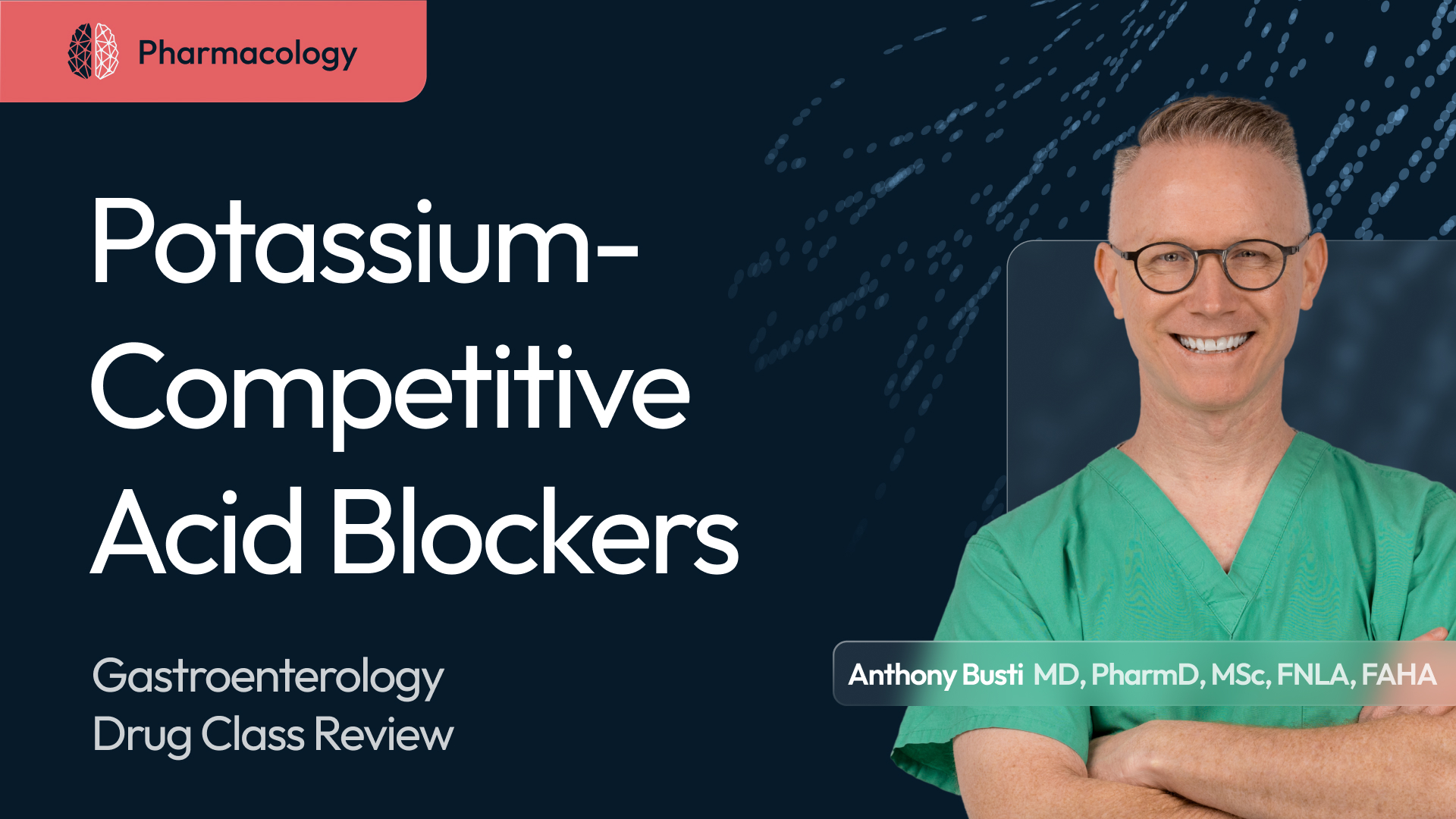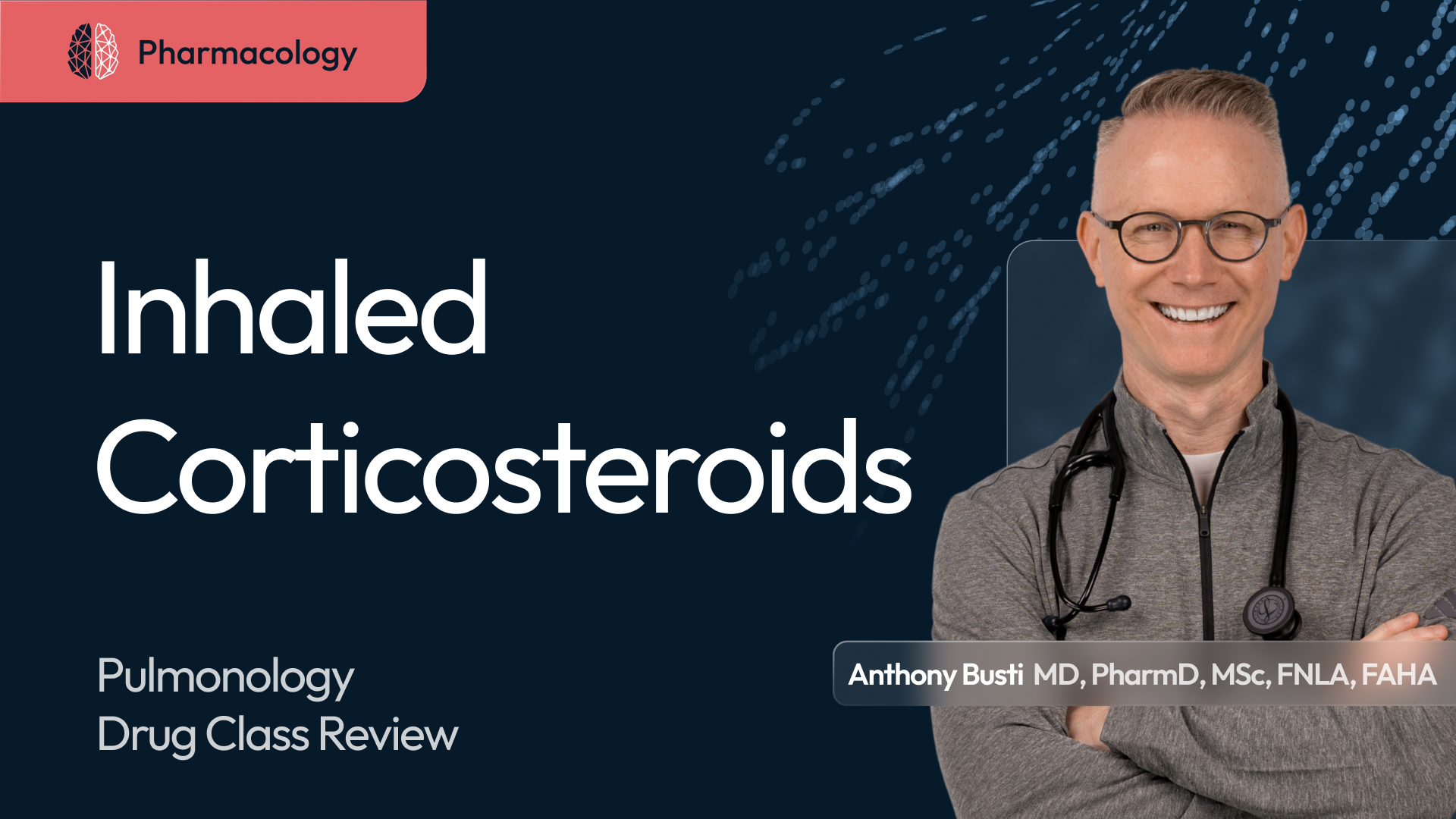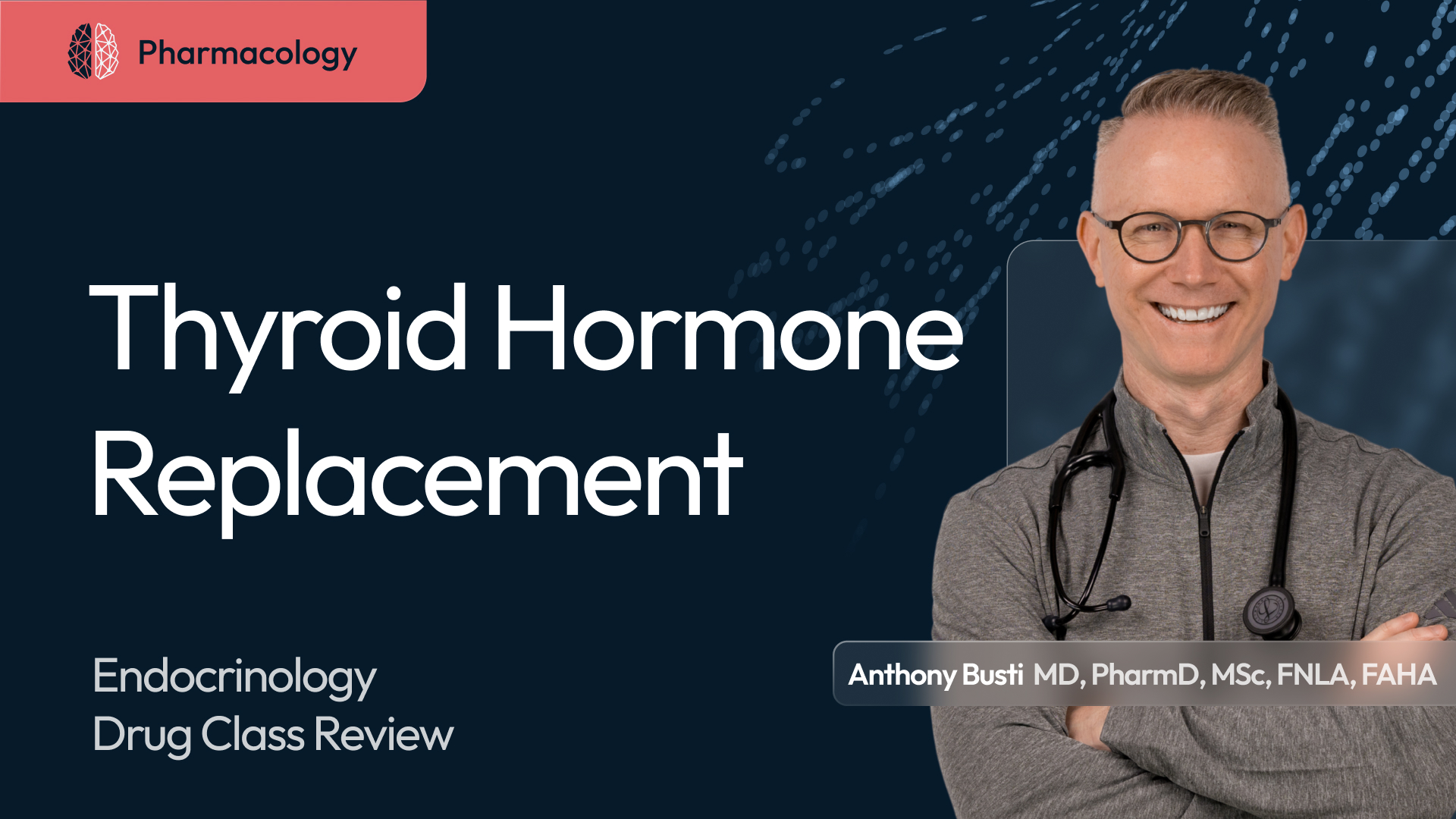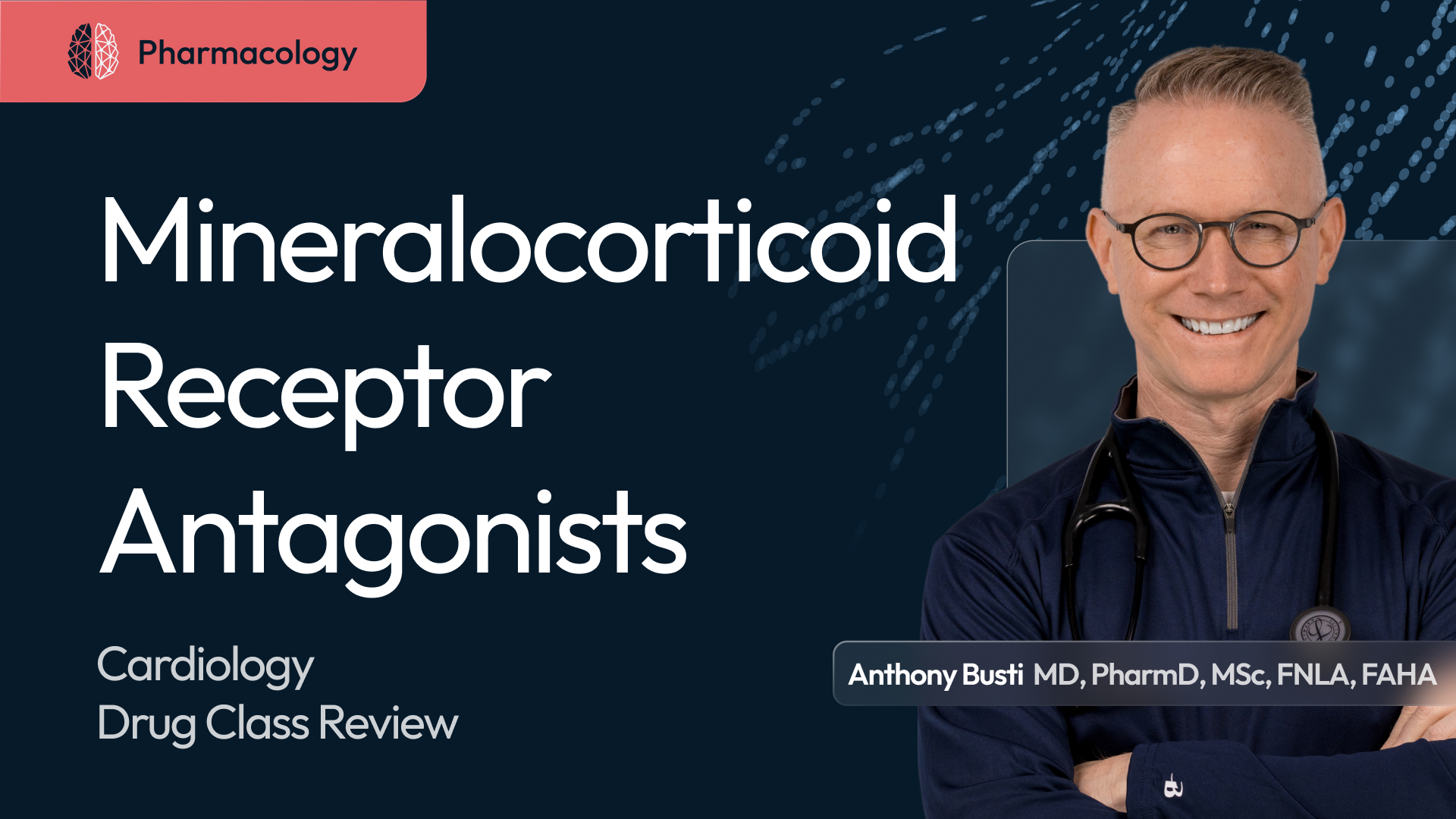H2 Receptor Antagonist Antacids (H2RA): Pharmacology Made Easy & Clinically Relevant
The H2RA are one of several classes of antacids used in the management of gastritis, peptic ulcer disease, GERD, & even allergic reactions. Understanding the why of H2RA's pharmacology makes the application easier.

In this This Is Why with Dr. Busti pharmacology review, Dr. Busti explores the pharmacology, physiology, and clinical relevance of the H₂ receptor antagonists—a long-standing drug class that remains an important option for managing GERD, dyspepsia, and peptic ulcer disease. Drawing on decades of experience in clinical medicine and academia, he explains how agents like cimetidine, famotidine, and nizatidine work at the cellular level to reduce gastric acid secretion, and how understanding their mechanism, pharmacokinetics, and drug interactions helps clinicians use them safely and effectively.
From bedside use in GERD to adjunctive therapy in anaphylaxis and inpatient acid suppression, this episode connects the why behind H₂ blockers’ continued place in therapy — including when to switch to PPIs or potassium-competitive acid blockers (P-CABs).
Disclaimer: This content is for educational purposes only and is not intended to provide medical advice, diagnosis, or treatment. Always seek the advice of your physician or other qualified health provider with any questions you may have regarding a medical condition. Never disregard professional medical advice or delay in seeking it because of something you have heard in this content.
Chapter Table of Contents
00:00 – Introduction & Clinical Relevance
04:00 – Drug Class Overview: Cimetidine, Famotidine, Nizatidine
08:00 – Indications & Clinical Use Cases
12:30 – Mechanism of Action Explained
18:30 – Anatomy & Parietal Cell Physiology
24:00 – Comparing H₂ Blockers, PPIs, and P-CABs
29:30 – Pharmacokinetics & Key Differences
33:30 – Common Side Effects & Drug Interactions
37:30 – Monitoring, Counseling, and Clinical Pearls
More than just access—it’s where understanding deepens.
Create a free account or log in to gain access to this content!

Dive Deeper
Bonus Video (ad free)
Downloads
H2 Receptor Antagonists Tables
Dive Deeper
Bonus Video
Downloads
H2 Receptor Antagonists Tables








